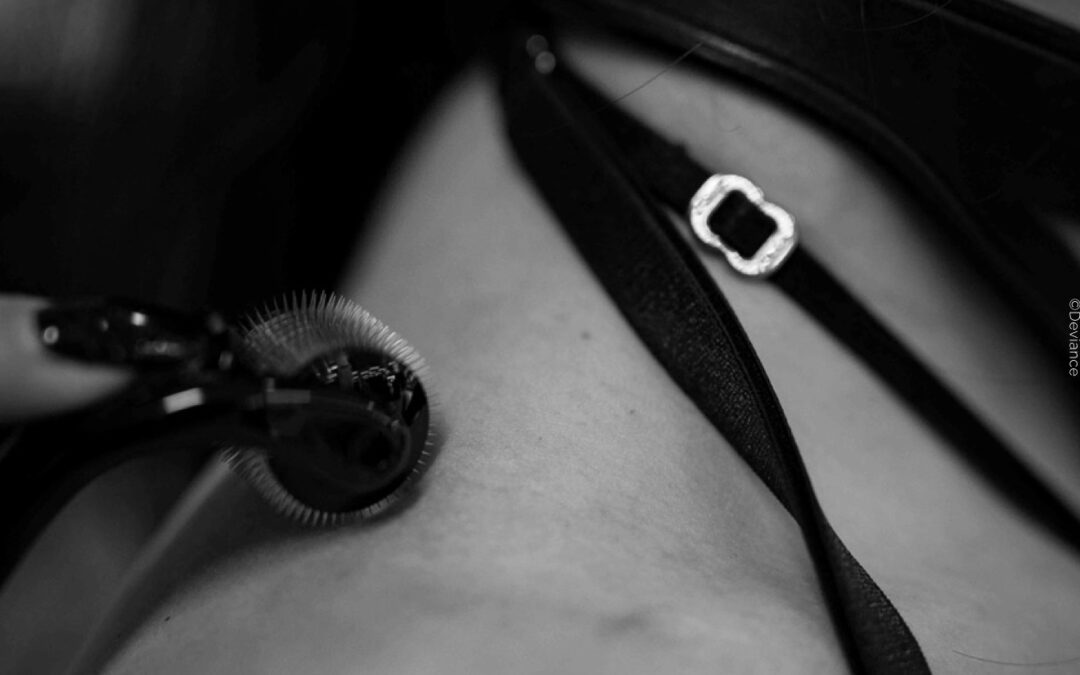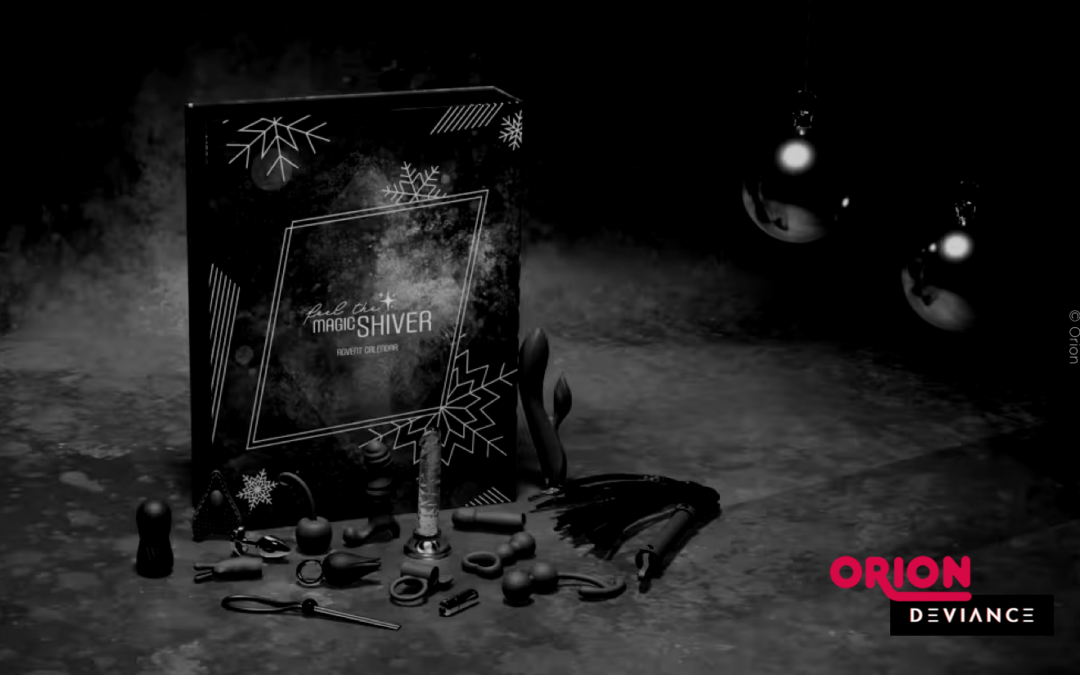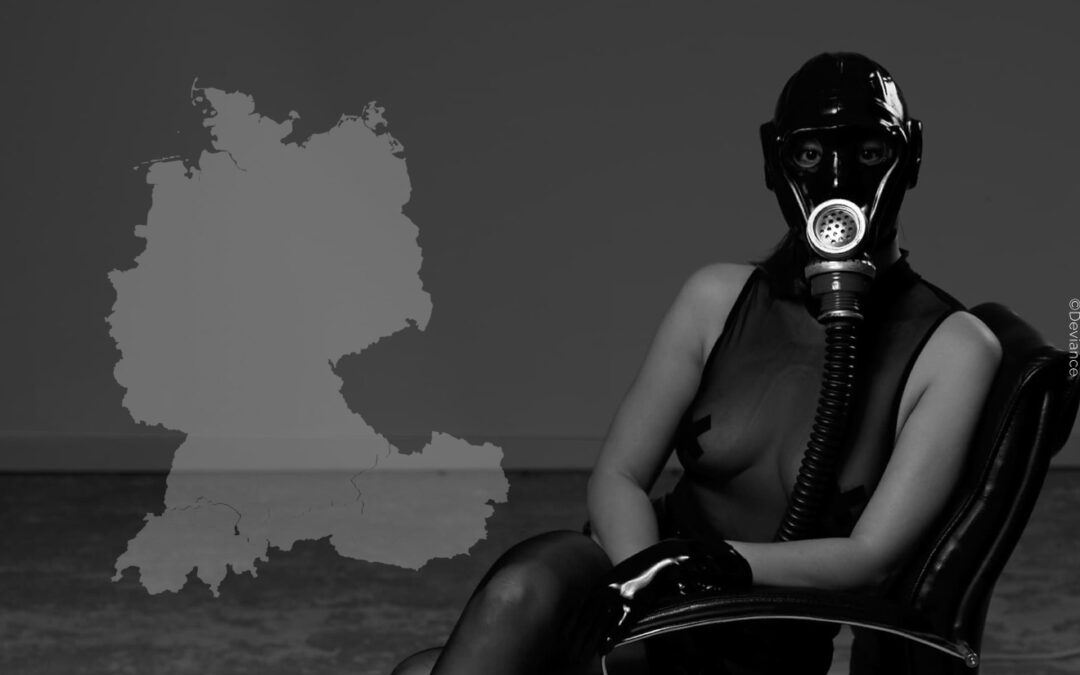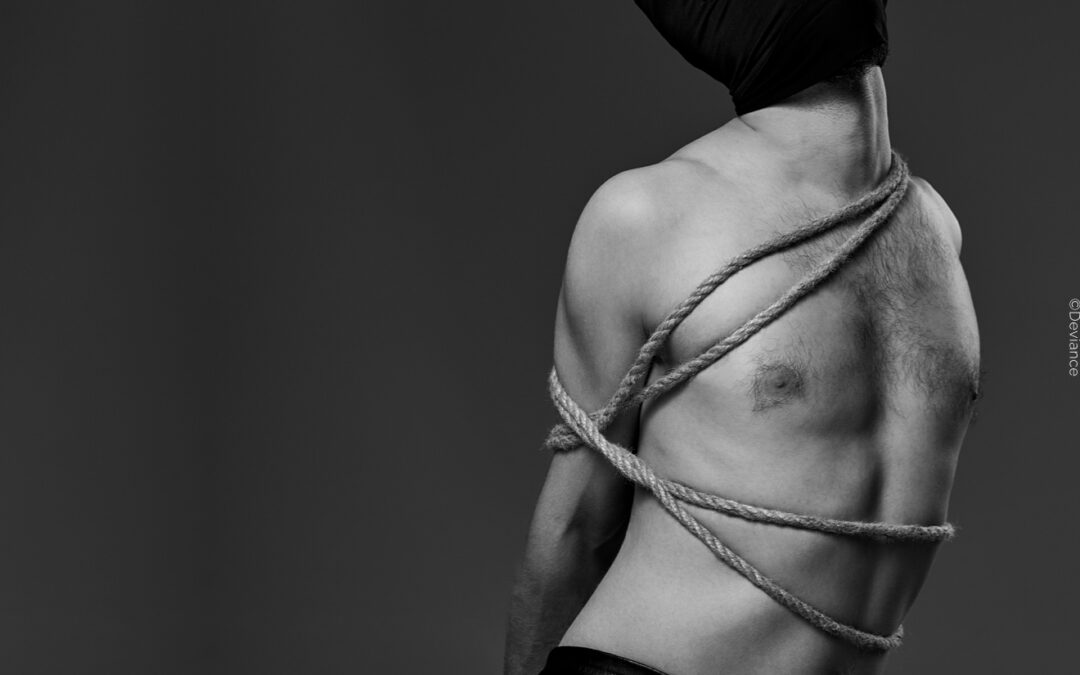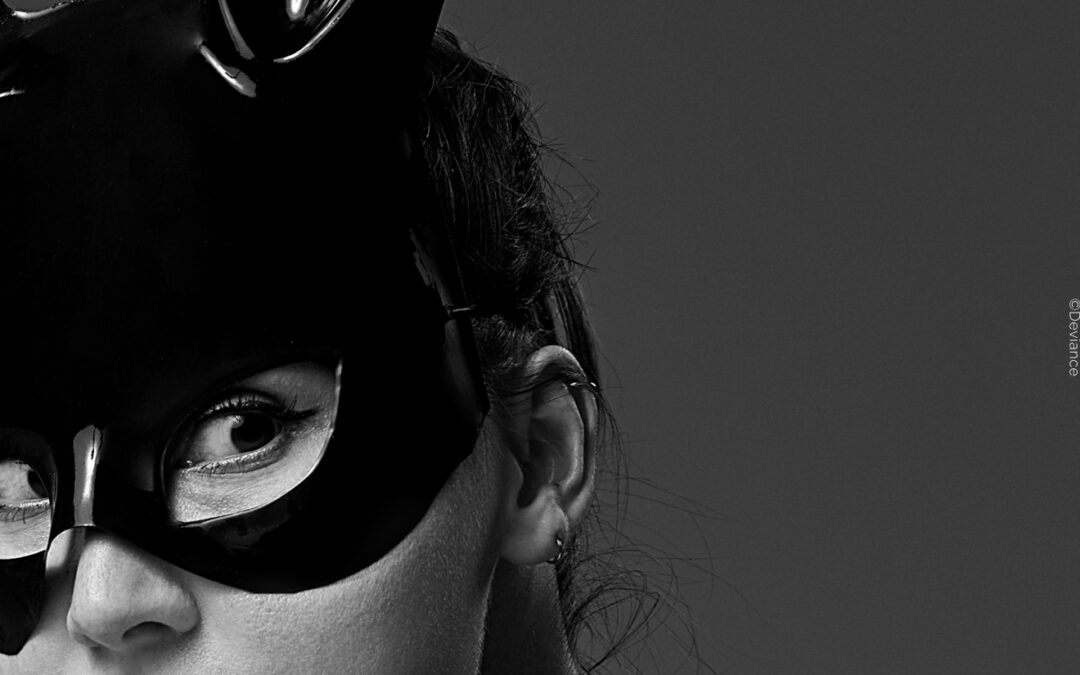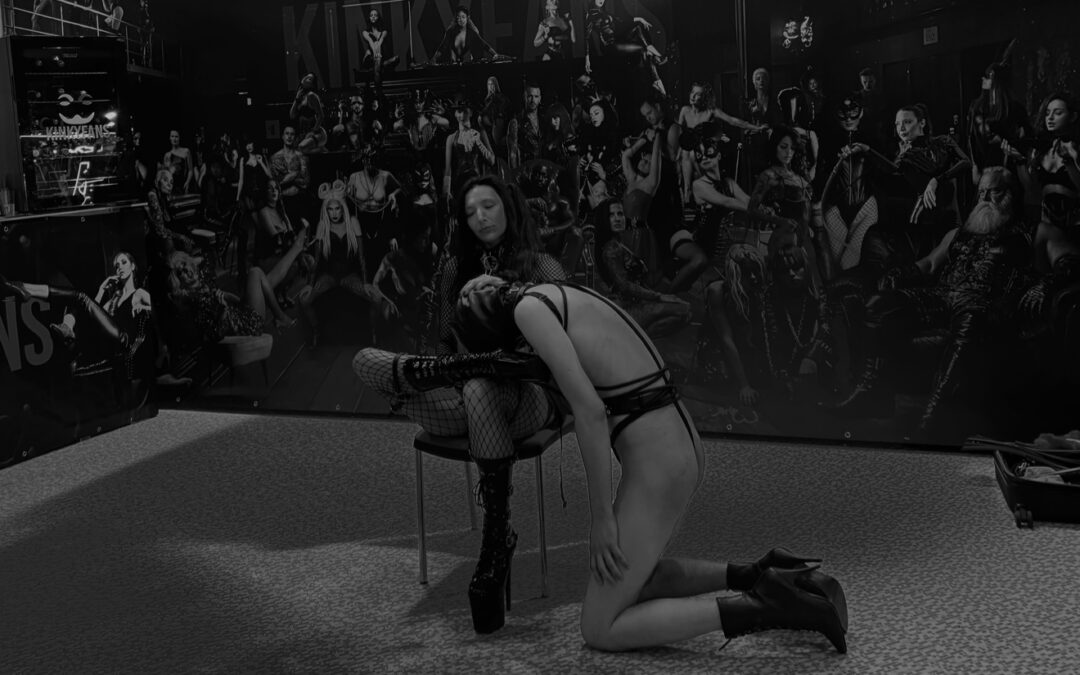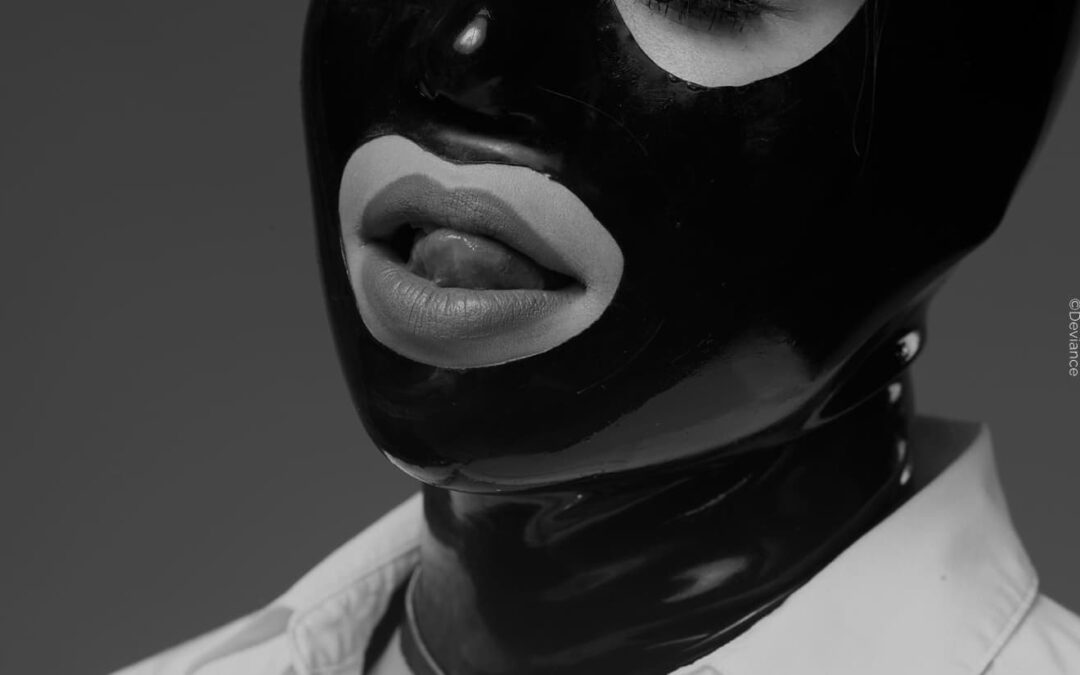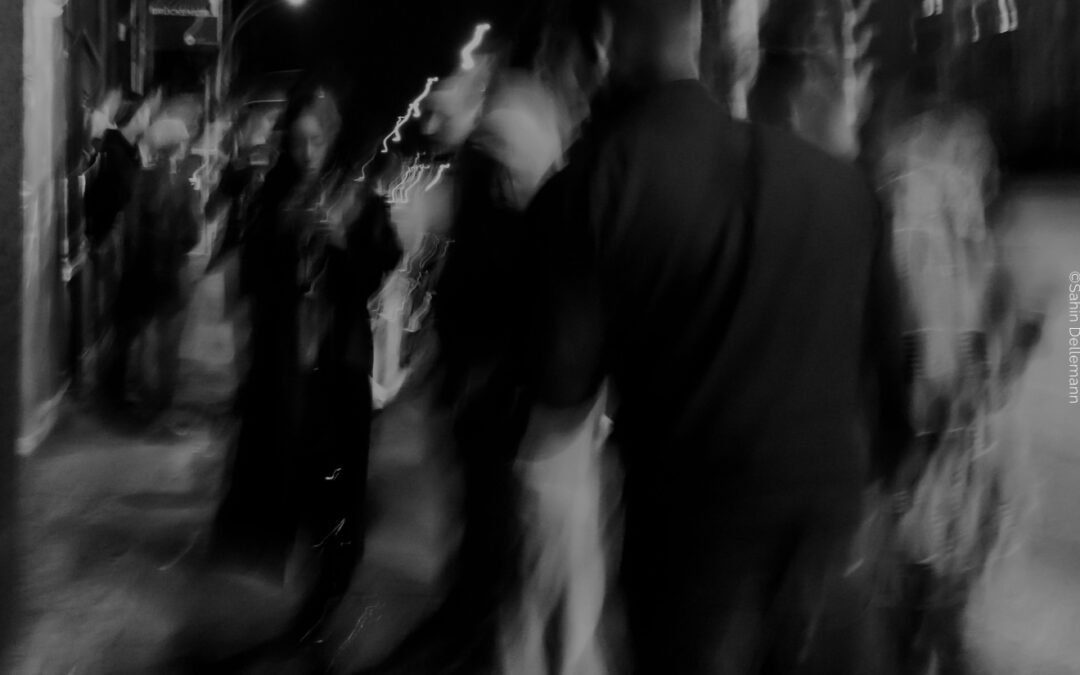The fascinating world of leather and desire
A leather fetish describes the erotic allure of leather as a material or clothing item. Leather is especially popular in the fetish and BDSM community and is often associated with power, dominance, and sensuality. From jackets and pants to corsets, masks, and boots, leather creates a strong impression, enhanced by its distinctive smell, smooth or rugged texture, and robust appearance.
From texture to passion: Why do people have a leather fetish?
The fascination with leather can be attributed to several factors. Leather has a long history as a symbol of authority, rebellion, and eroticism. Its use in uniforms and motorcycle gear reinforces its association with strong personality and dominance. At the same time, the material is often linked to protection and comfort, as it covers and wraps the body.
For many fetishists, the smell of leather is a decisive factor. The unique combination of texture and scent often triggers intense sensual sensations. Others appreciate wearing leather for the way it clings to the body like a second skin, while also conveying a sense of strength.
Cultural background and symbolism: Leather in the spotlight
Leather has held a special place in the fashion and fetish world for centuries. In ancient times, it was valued as a durable yet luxurious material. Later, through uniforms and workwear, it became a symbol of authority and masculinity. In the 1950s, leather emerged as a cultural icon through figures like Marlon Brando in The Wild One and later through rock and metal bands, becoming a symbol of rebellion and sexuality.
In the BDSM community, leather frequently represents dominance and control. It is used to depict power dynamics while creating a protective framework for playful or erotic scenarios. Connections to motorcycles and subcultures, such as the Leather Dykes or gay movements, further enhance its symbolic significance.
Research and the leather fetish
The psychological appeal of leather is explained in various ways. One theory suggests that the material became associated with eroticism through early experiences or media influences. Images of people in leather clothing exuding power and confidence can reinforce these associations.
From a neurobiological perspective, the tactile sensations of leather might elicit brain responses similar to those triggered by physical touch. The distinct scent of leather, often described as intense and unique, also plays a role in stimulating memories and emotions.
Does it have to be real leather?
An intriguing aspect of leather fetishism is the role of faux leather. Some fetishists find faux leather a good alternative because it visually resembles real leather and is more animal-friendly. However, many prefer the tactile and olfactory uniqueness of genuine leather, which faux leather often cannot replicate. Here, the individual focus of the fetish becomes a decisive factor.
For those who value sustainability or animal welfare, it is essential to consider the source of the leather. Many today consciously choose vegan alternatives, which are increasingly similar to genuine leather. This deliberate choice demonstrates that even in the fetish world, a responsible approach to resources is possible.
Societal perception: An almost iconic fetish
Leather fetishism is widely accepted in society, particularly due to its prominent role in fashion and pop culture. Leather is not only associated with eroticism but also with style and elegance, contributing to the fetish being less stigmatized than others.
Genuine leather fetish, where someone is aroused solely by the material, often remains a private pleasure for many, more openly expressed within specialized communities or at events like fetish parties.
